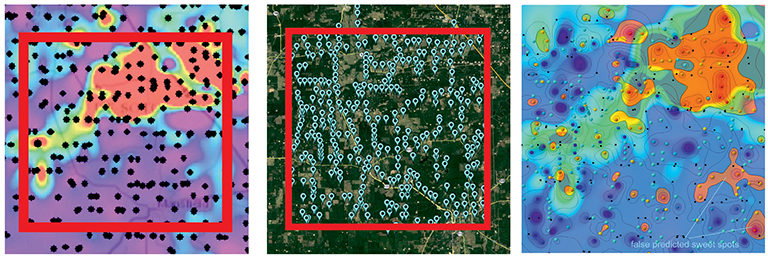A company known as Biodentify, based in the Netherlands, announced that it can help predict oil and gas deposits based on DNA in the soil just a foot beneath the surface! Specifically, the company claims that by analyzing the microbiological DNA of shallow soil samples, it can predict “sweet spots” in shale reservoirs with 70% accuracy.
The technology makes use of hydrocarbon micro-seepage from sweet spots. According to the Biodentify literature, bacterial DNA is extracted, producing tagged DNA data, and that data that is translated to bacterial species. The result is hundreds of thousands of biomarkers or the ‘DNA finger-print’ of the soil sample. A Biodentify spokesperson said that a single sample of soil may contain as many as 300,000 microbial species—some of which are newly discovered. But Biodentify has found that only 50 to 200 of them serve as key indicators of a positive or negative signal. The biomarkers are then inputted to a proprietary computer model, which render a sort of “sweet spot” map. The technology is similar to cutting edge technology in medicine that uses saliva to test for tumors as opposed to a much more invasive biopsy.
 Texas Oil and Gas Attorney Blog
Texas Oil and Gas Attorney Blog


